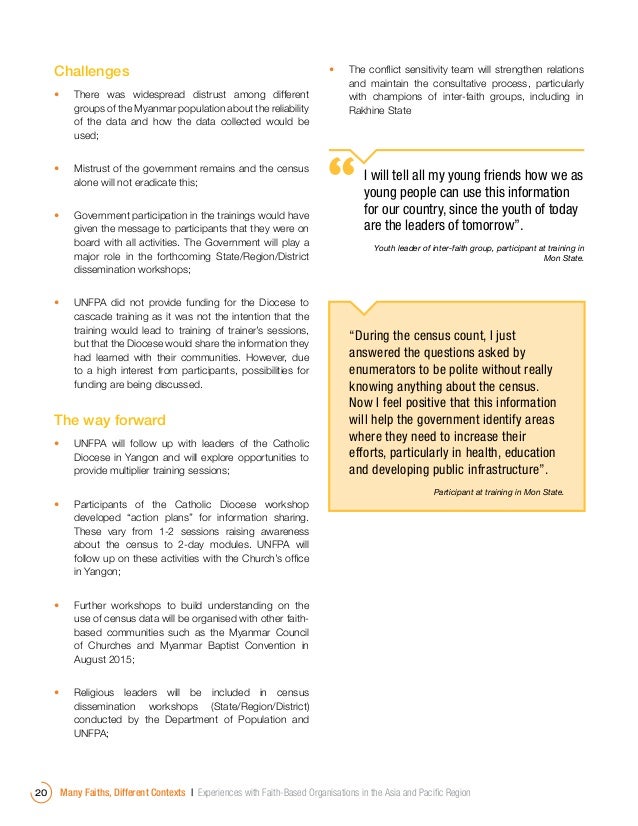
We will write a custom essay specifically for you for only 16. This paper will discuss literacy practices in different contexts and analyze their potential shifts. Based on these results, we make recommendations for how designers of mobile-privacy systems can take these nuanced distinctions into account. Literacy is honed depending on the setting and circumstances, with some being strict about language use and others allowing more flexibility. In particular, we identify multiple meaningfully different classes of accesses for each these factors, showing that not all background accesses are regarded equally. Our results show that both when and why a resource is accessed are important to users' comfort.

We conducted a 2,198-participant fractional-factorial vignette study, showing each participant a resource-access scenario in one of two mock apps, varying what event triggers the access (when) and how the collected data is used (why). For example, accessing the device location after a related button click would be considered an interactive access, and accessing location whenever it changes would be considered a background access. In this work, we investigate user comfort level with resource accesses that happen in a background context, meaning they occur when there is no visual indication of a resource use. This paper will discuss literacy practices in different contexts and analyze their potential shifts. Prior work has shown that users decide whether to grant these requests based on the context. go-gitea locked and limited conversation to collaborators on Nov 23, 2020. The paper explores the results and gives implications for context-based teaching, learning and assessment.Android apps ask users to allow or deny access to sensitive resources the first time the app needs them. The best solution would be a complete webpack build chain and a clean separation between Vue templates and Go templates.

Different contexts professional#
Besides the structural formula, which was an important part for the students when solving the tasks, the contextualisation of the problems was often used in the responses students related their answers to the personal, societal or professional context in different ways. The difficulty to differentiate between intra- and intermolecular bonding emphasised in earlier research has also been apparent in this study.

This map shows how different parts coexist together to form the domain. The 15 context-based problems raised challenges within organic chemistry where concepts like electronegativity, polarity and solubility had to be applied. A Context Map is a visual description of relationships between different contexts of the system. Empirical data were collected using think-aloud interviews where 20 upper secondary students used their chemical content knowledge to solve the problems. Context refers to the background or details surrounding an event that occurs in literature. Tasks for context-based problem solving have been designed systematically, using different combinations of contexts, topics and chemistry concepts in relation to the syllabus. In this paper, a study is presented investigating students' application of chemical concepts when solving context-based chemistry problems. Contexts are a way of modern prioritization and provide the necessary flexibility so that you can adapt your activity to increasingly changing circumstances. Hence, the demand for further research on criteria of context-based problems and problem-solving processes has been stated. While effects on interest are coherently reported as positive, they are more diverse regarding cognitive learning outcomes. Contexts are used to connect science with the students' lives and to provide a frame in which concepts can be learned and applied on a ‘need-to-know’-principle. Contexts, objects, and properties will vary significantly under different workflow run conditions. Context-based learning approaches have been implemented in school science over the last 40 years as a way to enhance students' interest in, as well as learning outcomes from, science. Each context is an object that contains properties, which can be strings or other objects.


 0 kommentar(er)
0 kommentar(er)
